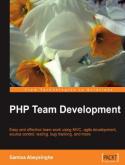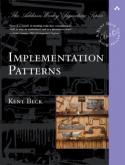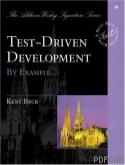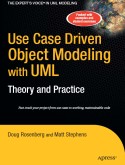PHP Team Development Ссылки

Easy and effective team work using MVC, agile development, source control, testing, bug tracking, and more
* Work more effectively as a team by breaking up complex PHP projects into manageable sub-parts
* Develop code that is much easier to maintain with source control, agile principles, and project tracking
* Apply techniques related to process models, collaboration among team members, and continuous long-term improvement
* A precise guide with examples to illustrate practical benefits
In Detail
Given the nature of the business environment today, organizations that want to build value-added enterprise PHP applications need a team of PHP people rather than an individual. You've got a team! What next? Customizing such applications to meet with organizational objectives and maintaining these applications over time can be quite a tedious task for your team with so many people involved.
In this book, you will explore how you can break up complex PHP projects into simple sub-parts that multiple team members can work on. The book highlights the use of the MVC pattern for separating concerns in the application and agile principles to deliver code that works. You will learn to blend the simplicity and power of PHP with evolving software engineering principles and tools to easily develop code that is easy to maintain. With this book in hand, you know how to avoid getting muddled up while working in a team and achieve success on your project with effective team work.




